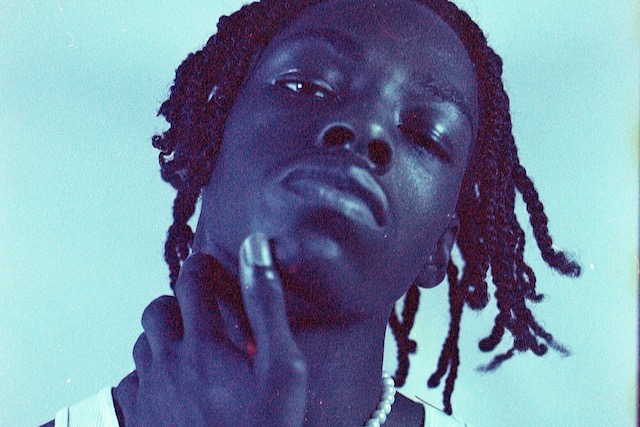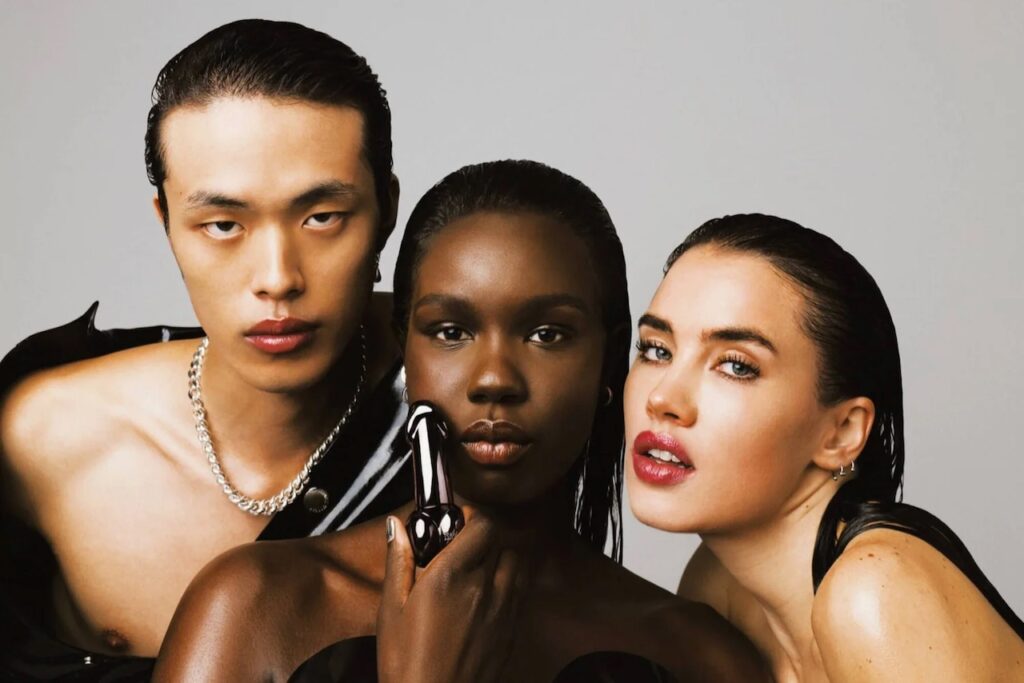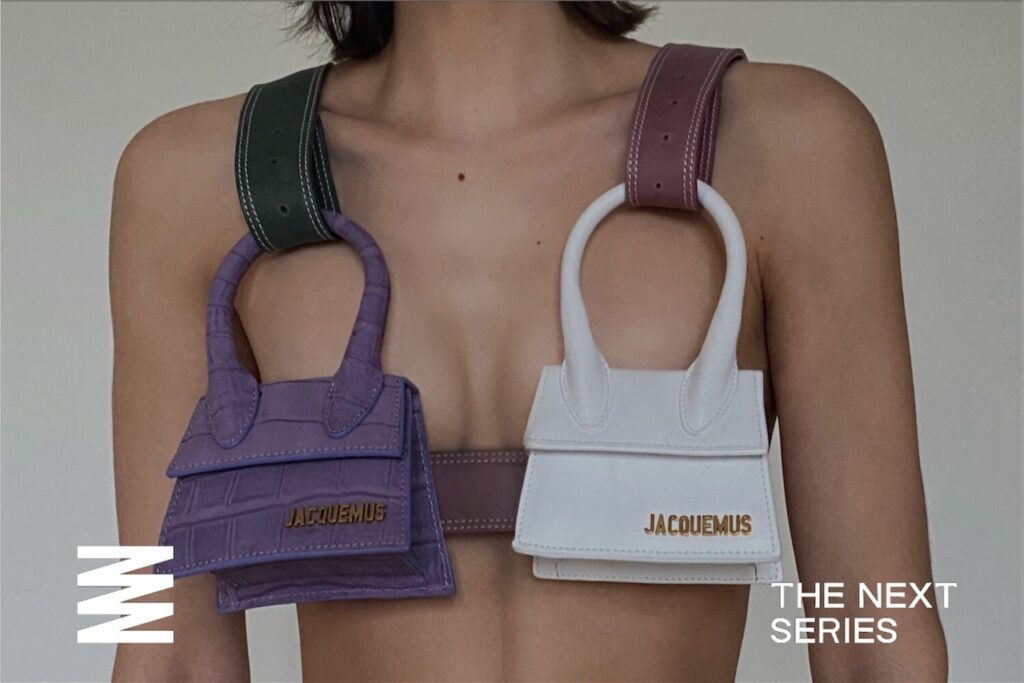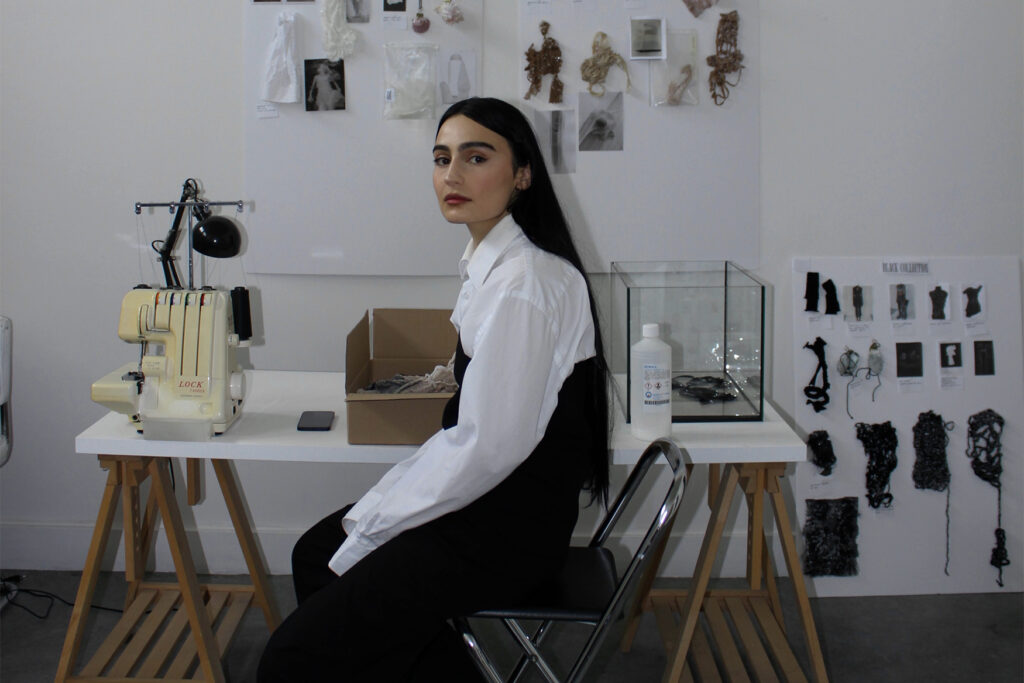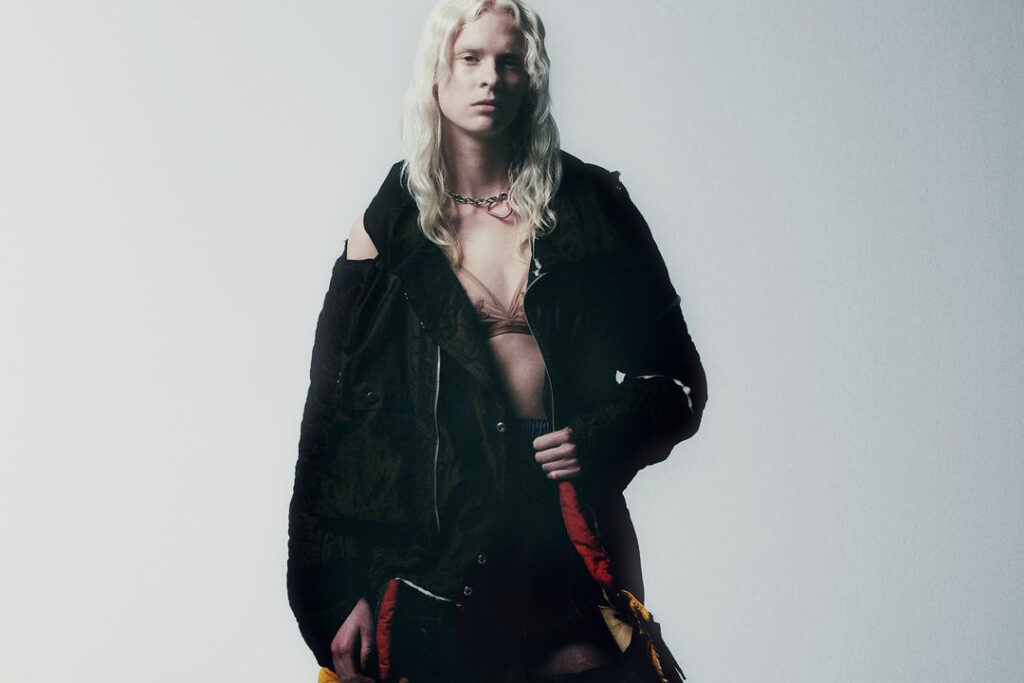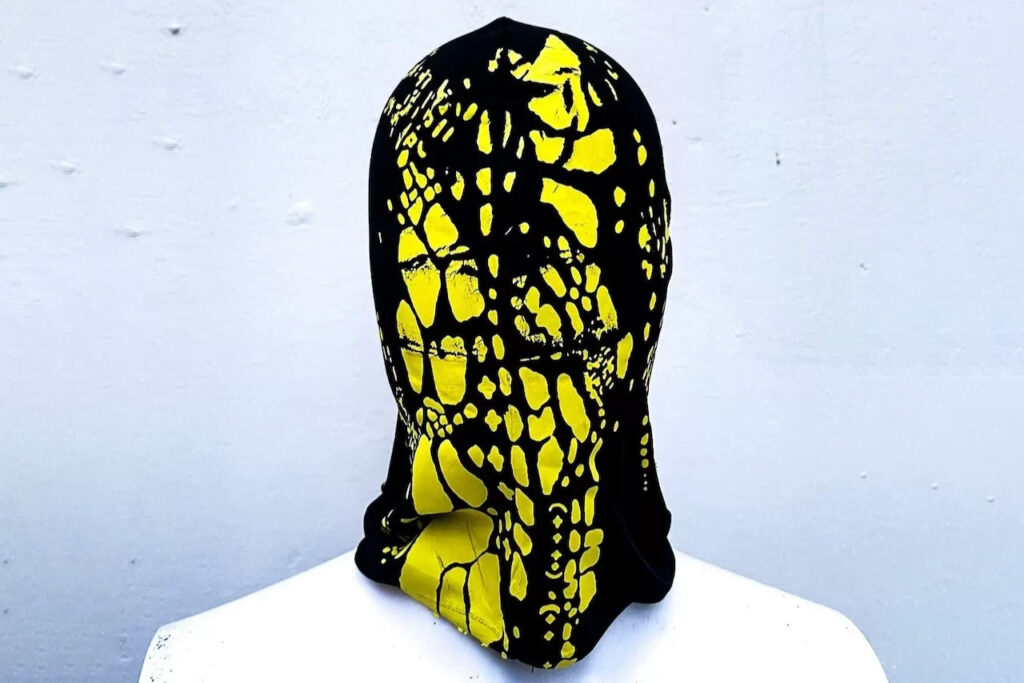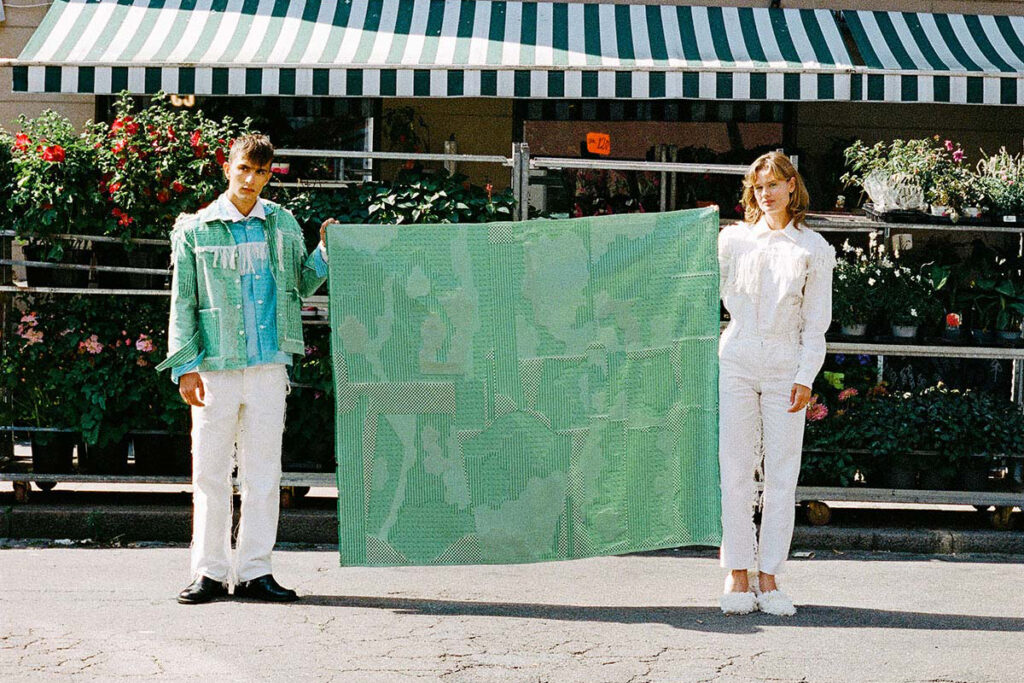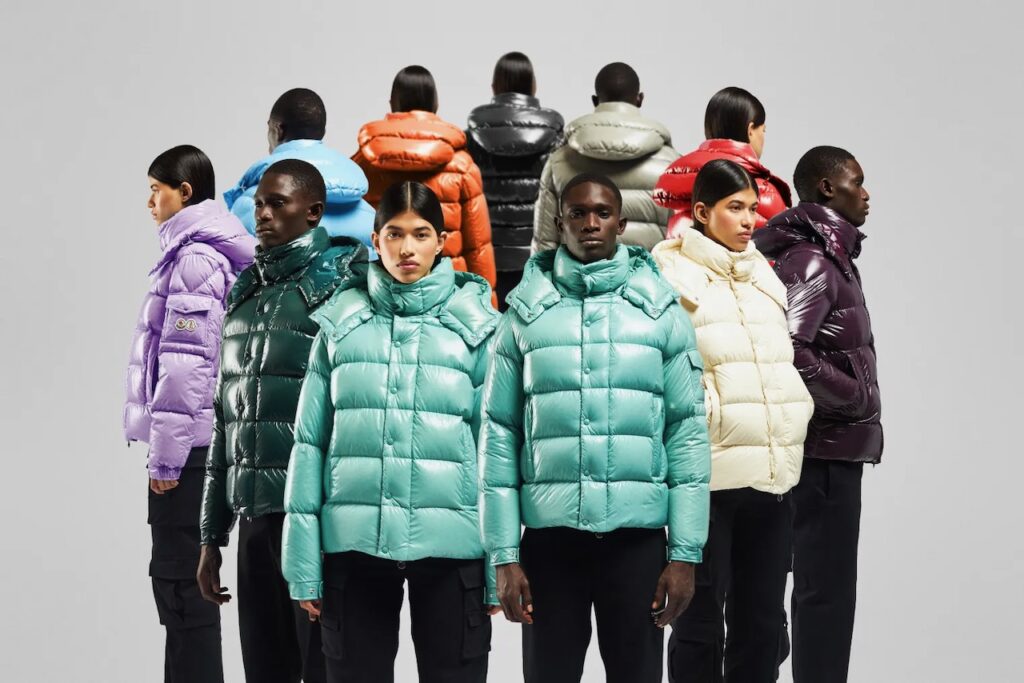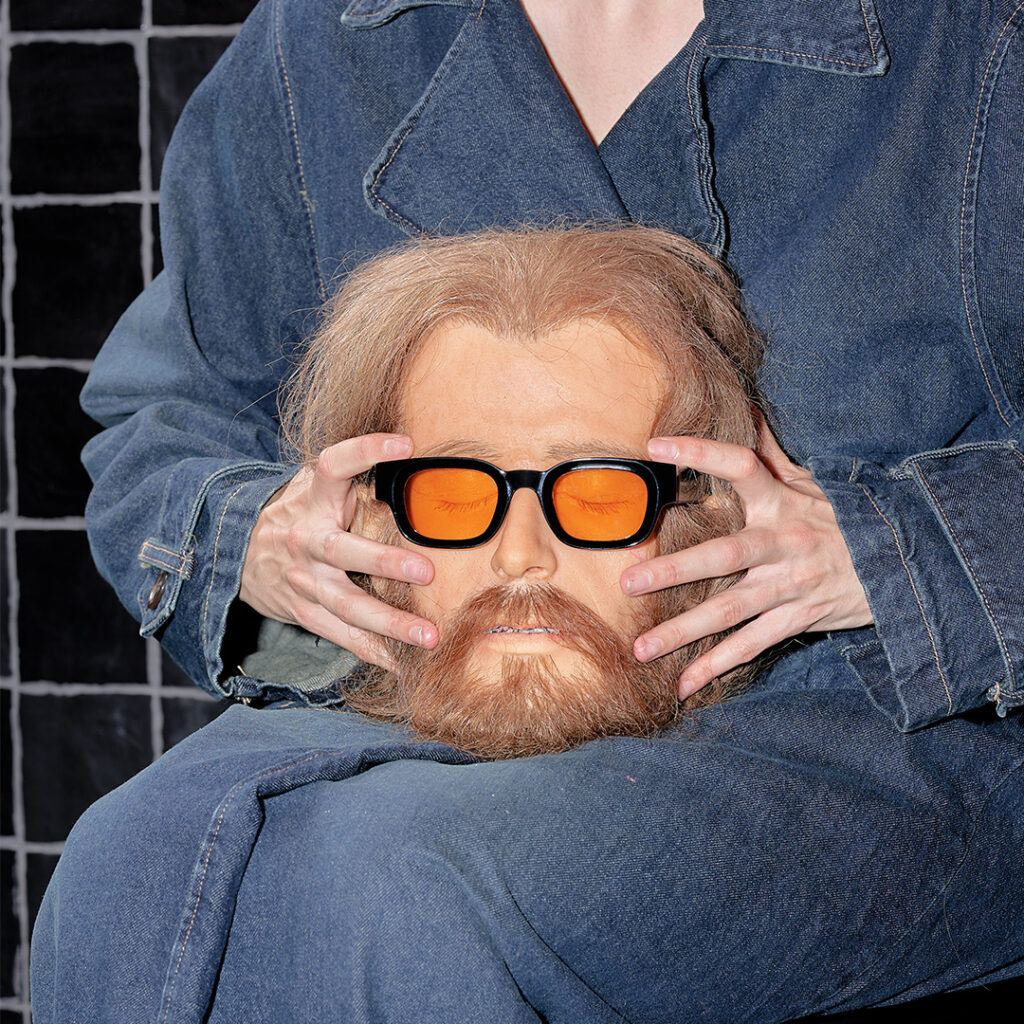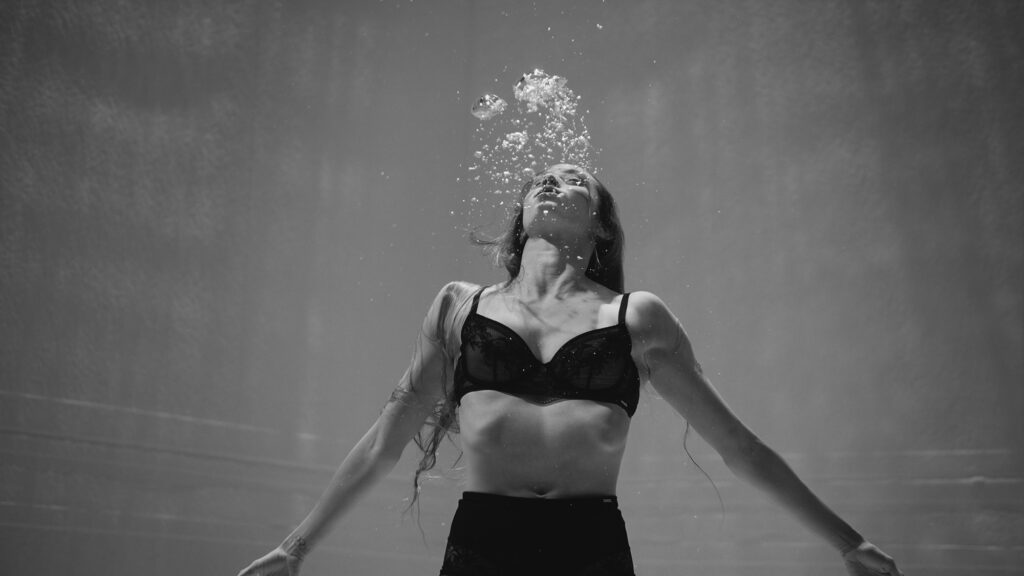
Source: Pause Mag
There is this beautiful relationship between artists and their art forms. The way in which a creative individual decides to either experience the world, capture it, portray it for others to see, or all of the above, oftentimes has us in awe. Their creative processes, from inception to birth of a piece, can be as intricate and idiosyncratic as the artists themselves, and sometimes, one can't help but wonder: What is behind this work of art? Why does it exist? How did it come to be?
This was more or less our thought process when we laid eyes on the work of the multidisciplinary Boston based talent Stephen Hopkins. We are completely, and utterly, enamoured by what he does with his brand part/WHOLE, the concepts it develops, and the results it achieves.
The young designer has one of the most unique approaches to fashion we have encountered as of late, drawing on his knowledge and experience in architecture to come up with his designs. Yes, you read that right, architecture.

Photos courtesy of part/WHOLE
Not only does he concern himself with garments through his label, his methodology also gives great importance to the spaces within which his designs are presented, treating them as art installations themselves.
Now most people wouldn't associate fashion with architecture, and yet, come to think of it, don't they both stand on the shoulders of design, construction and functionality?
Having devoured the recently released lookbook for the brand's latest collection Scrap, and being tired of these questions persistently meandering our minds, we decided to go straight to the source! Hopkins himself to enlighten us on these matters regarding the brilliant work he does with part/WHOLE.
Where does the name part/WHOLE come from?
The name part/WHOLE comes from the general phrase, “part to whole relationship” that is commonly used in design and architecture. I see a part to whole relationship as a design intent or idea that supersedes both scale and discipline. The “part” provides a moment in which something is cropped or a framework is placed around a moment and leaves the contextual whole, open to interpretation. I’ve come to understand the part to whole relationship in an architectural context because of my background as an architectural designer. I’m very interested in structure and the idea of an assemblage of many elements coming together to form a whole.

One wouldn't usually make the connection between architecture and fashion. How does architecture seep into your designs?
Design at any capacity shares many similarities with each design discipline in terms of modes of thinking and ways of seeing. Architecture and fashion are intertwined in numerous ways but regarding part/WHOLE I tend to enunciate it in two main ways.
One being construction and other being texture. A piece of clothing is only the sum of its parts in the same way spaces of a building act as separates of a whole. The joining (or disjoining) of these pieces work together to make a piece of clothing work. Regarding the future of part/WHOLE I have a deep interest in understanding how we can manipulate clothing based on this basic understanding of construction and make clothing that can do many things. For example, a shirt that can also double as a bag when pieces are removed or added. I feel as though this type of idea has certainly been practiced before but I think it can be pushed further.
The second was as I mentioned before is texture. I grew up in a blue collar city on the outskirts of Boston with many different factories and scrap metal facilities all around the neighborhood. Seeing the worn tones on these buildings and the clothes the workers wear has always been fascinating to me. Like a nice leather boot, I hope that people will use their part/WHOLE pieces in a similar fashion and embrace them as they break in and the colors begin to fade. I begin this process on many pieces with hand dyeing and sun fading techniques before purchase.
In the same way a concrete slab begins to crack, rust and fade, I hope people embrace part/WHOLE pieces in the same light as time is the variable that makes each piece unique.

How did you come to realise, as an architecture student, that you wanted to be a fashion designer?
I am still very much an architectural designer as I have another company ON-SITE which houses my freelance architectural projects. As I was going through architecture school I became frustrated with the idea of not being able to design spaces that interested me while at my architectural office job. There are a lot of conservative people in the North Eastern part of the U.S. and our architecture shows it.
I came up with the idea of part/WHOLE with the intention of being able to create my own showrooms and pop-up spaces that are self generating income because they house my products. With this logic part/WHOLE gives me the opportunity to create my own architecture because I am my own client. By no longer having to satisfy another party I can focus on investigating my own vision without any interference.

What is your design process? Do you see a texture, or a building, or a material, that inspires you to create a piece, or do you first design the piece, and then link it to a concept?
The most vivid source of inspiration for me is observation. Oftentimes I take walks and sneak into industrial zones and construction sites to see things that are partially completed or being demolished. These spaces reveal colors, texture, materials, etc that you can’t see anywhere else.
Lately I’ve found an interest in auto body collision shops. When a car is in an accident there is just a frozen moment of impact that is so unique. The damage to the car kind of gives us the ability to see momentum and force and all of these more ephemeral things that we never see in the physical.
My personal IG @shopkins_design is kind of my open source sketchbook for all the images I take throughout my day. These pictures allow me to put a frame around a moment in time and reveal it in a particular way. Sometimes these pictures are solely about the construction of the image itself, other times they are double entendres that leave you with questions about what happened or what is happening in the image.
These are often all taken on an IPhone which works kind of like the pencil would for someone that is sketching or drawing. It’s like a contemporary Arte Povera haha.
I think even these pictures are pieces to a story that isn’t fully revealed but the viewer has the ability to participate by creating their own narrative, similar to that of a still life.

How do you think you question materiality with your collections?
I think of materiality in a highly functional way. Does this fabric stretch, is it waterproof, etc? Weight is also important to me. All of my Sweatshirts are 400gsm heavyweight organic cotton and T-Shirts are 250GSM.
How important is it to you, that the customer understands the concept behind the item purchased?
I will always appreciate those who take the time to read between the lines and pull out the philosophy behind the brand. Perhaps a bit more important to me are those that see a part/WHOLE as something they can contribute to. I like to think that these pieces are for the doers; the painters, the artists, the people that work with their hands.

Your brand is often described as menswear, would you agree?
No I wouldn’t. I have many customers with varying pro-nouns and identities. I think the past 5-10 years of street fashion has superseded the idea of gendered clothing in terms of ideological thinking. I do believe that there is a gap in that styling and sizing can be too fixated on gendered clothing. Perhaps we need to have half sizing or more reactive clothing to elongate or shorten pieces for all body types regardless of identification.
How has the brand has evolved since its inception?
I have several new breakthroughs for the brand coming in the near future. More streamlined production, more intricate design, and many more pieces. The brand has been based off of a philosophy and a way of seeing and in that sense not much has changed. I feel it’s my responsibility to just keep exploring this baseline concept and communicate it to the best of my ability.

What role does sustainability play in part/WHOLE?
Sustainable methodologies are an absolute necessity going forward for not only the clothing industry but for product and architectural design. 40% of GHG in the US comes from our architecture. As someone who designs architecture I know that this is unacceptable and will change. There have been many strides in the recent past for buildings to be able to achieve net zero. As many of my ideas tranced clothing and bleed into architecture I hope to implement sustainable principles in both of these fields.
On a bit of a side note sustainability stretches beyond waste management and emissions based issues It also includes sustainable ways of living for all people. This includes low-cost net zero housing for all people as well as basic healthcare needs in my opinion. In my 5-10 year plan I hope to develop more ideas of low-cost housing units. Vo Trong Nghia’s Low Cost House was a major breakthrough and inspiration for me in the early days of architecture school. As part/WHOLE continues to gain a footing I hope to evolve ideas in that same breadth.

You said in previous interviews that you hope to venture into different design disciplines, what can we hope to see from part/WHOLE in the future?
I often shy away from being pinned down as an architect or a clothing designer etc. My current work uses a philosophy or an idea to supersede discipline and part/WHOLE is the alias to work in that manner. From staging to housing, clothing to product design I hope to assist in the evolution of design as a whole.
I hope to also create more WORKING PARTS pieces which are kits that ask for participation from the end user. The 'WORKING PARTS' Dye Kit (Noir) was my first install of this. The kit comes complete with part/WHOLE Dye solution and Fixative so the user can dye their own piece to get that color that they hope to achieve. I really like this idea of participation and customization.

It's official, our minds have been blown.
You know when you watch a movie with a major plot twist, and then you watch it again and you are able to notice so many things you couldn't before, and truly appreciate the construction of the story for what it truly is, a masterpiece? We feel a little like this right now.
Now excuse us while we go bury our heads in the Scrap lookbook once again, and attempt to both understand everything we just learned, and identify it while we delight ourselves with the collection.
Care to join us? Check out the Scrap lookbook HERE.
